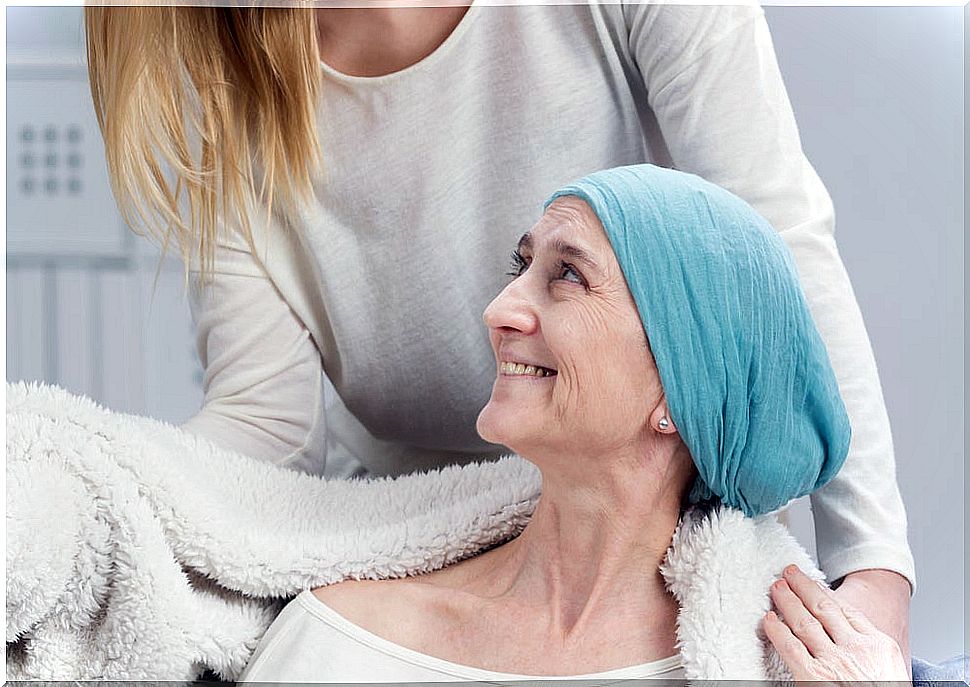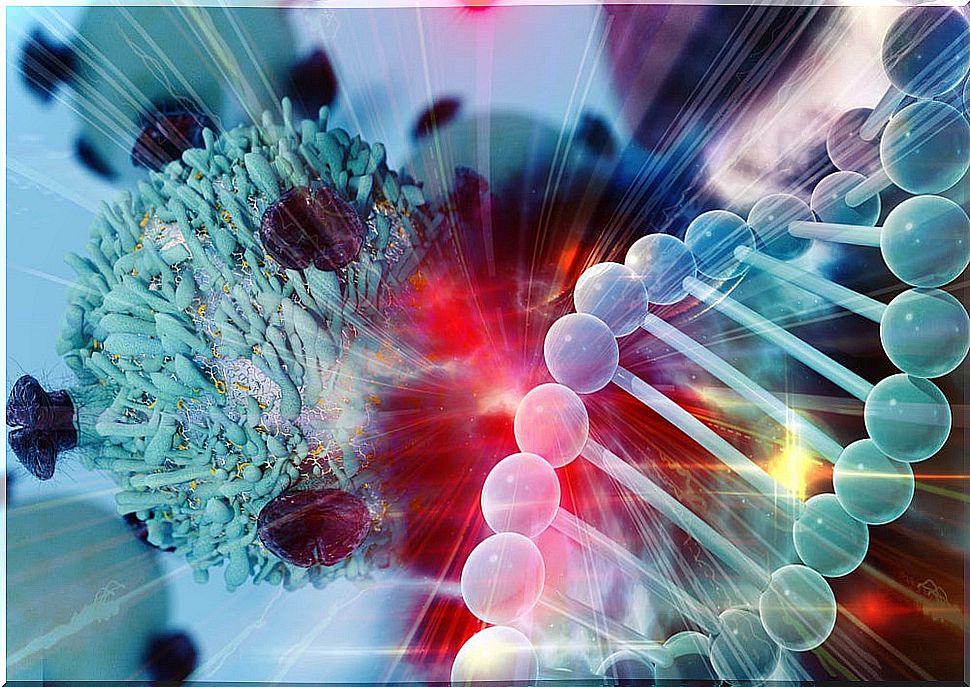Treatment Of Hodgkin’s Lymphoma
The main goal of treatment for Hodgkin lymphoma is to stop the growth of cancer cells, either by killing them or by preventing them from multiplying. For this, the treatment will be adapted to the type and stage of the lymphoma, among other factors, and will include pharmacotherapy and radioimmunotherapy.
The main techniques used in patients with Hodgkin lymphoma are chemotherapy and radiation therapy. For stage III or IV disease, chemotherapy is considered the primary treatment, although radiation therapy, especially for the larger lymph nodes, is also considered as an additional treatment .
Treatments for Hodgkin lymphoma – even stage I or stage II patients – are chemotherapy and radiation therapy, depending on the situation, they will receive one or both types of treatment.
Hodgkin lymphoma treatment
1. Chemotherapy

Chemotherapy is a technique that involves the use of certain drugs to kill cancer cells, generally by inhibiting their growth and ability to reproduce. This technique is the most chosen in the treatment of cancer patients and, of course, patients with Hodgkin lymphoma.
It consists of the following procedure: either a drug is administered orally to the patient, or it is injected intravenously. In this way, the medicine enters the bloodstream and begins to circulate throughout the body. Thus it reaches and destroys cancer cells wherever they want them to be.
Chemotherapy classification
Different types of chemotherapy are used to treat Hodgkin lymphoma. The type of chemotherapy, the number of cycles, and the additional use of radiation therapy are based on the stage of the lymphoma, the type, and the number of prognostic factors. There are two types of chemotherapy, which are as follows:
- First-line chemotherapy
- The most common chemotherapy regimen in the US is known as ABVD which consists of the combination of: Doxorubicin, Bleomycin, Vinblastine, Dacarbazine. It is normally administered every 2 weeks for 2 to 8 months, depending on different factors as mentioned above.
- In Europe, the best known chemotherapy is BEACOPP, which consists of the combination of: Bleomycin, Etoposide, Doxorubicin, Cyclophosphamide, Vincristine, Procarbazine and Prednisone. Another combination is the Standford V.
- Second-line chemotherapy. It is used if the lymphoma recurs after being treated with first-line chemotherapy, a phenomenon known as recurrence. This type of chemotherapy includes: ICE, ESHAP or DHAP, GVD, Brentuximab vedotin.
Chemotherapy, in general, has some side effects:

- Ulcers.
- Nausea and vomiting
- Hair loss.
- Diarrhea
- Decrease in white blood cells, so the patient is even more exposed to infection.
- Decrease in platelets, which makes it easier for bruises to form.
It is not clear which of the two types of chemotherapy is the most effective against Hodgkin lymphoma. This depends on the type and stage. Therefore, various studies continue to be carried out to find the best solution for patients with this pathology.
2. Radiation therapy
This treatment consists of the use of X-rays or other particles capable of destroying cancer cells. It should be noted that radiation therapy is only used in extreme cases of Hodgkin lymphoma.
Radiation therapy is a specific treatment, since it is aimed primarily at the affected lymph nodes of the patient. Although this technique produces immediate side effects, these usually disappear in a short period of time. This also depends on the area of the body that has been treated with radiation therapy.
These side effects are: fatigue, mild reactions in the epidermis and an upset stomach. However, thanks to the improvements that are being made in this treatment, the appearance of side effects has decreased. On the other hand, there are some late effects such as: thyroid damage, vascular damage and other types of secondary cancer.
3. Immunotherapy

One of the most widely used drugs in immunotherapy for the treatment of Hodgkin lymphoma is nivolumab. This medicine is used in patients whose cancer has come back after having undergone an autotransplant and post-transplant treatment with bretuximab vedotin.
The basis of immunotherapy is the stimulation of the immune system in order to fight lymphoma. Many patients show improvement for about 9 months, but it is very unlikely that they will be permanently cured. On the other hand, immunotherapy has side effects although these are not important.
4. Bone marrow or stem cell transplant
The goal of this treatment is to destroy all cancer cells in the marrow, blood, and other parts of the body using chemotherapy and / or radiation therapy, and then allow the new blood stem cells to create healthy bone marrow.
Transplantation is a procedure that involves replacing the bone marrow of a cancer patient with stem cells from a healthy person. These cells are responsible for forming blood and are located in the blood and bone marrow, hence their name.
Notably, this technique is used in patients whose Hodgkin lymphoma has recurred after treatment with first-line chemotherapy.
In sum, both immunotherapy and bone marrow or stem cell transplants are performed especially when the other treatments have not been successful. On the other hand, surgery is used in a very small number of cases, except to perform biopsies and determine the stage of the pathology.









